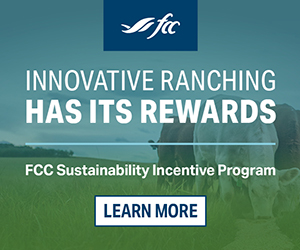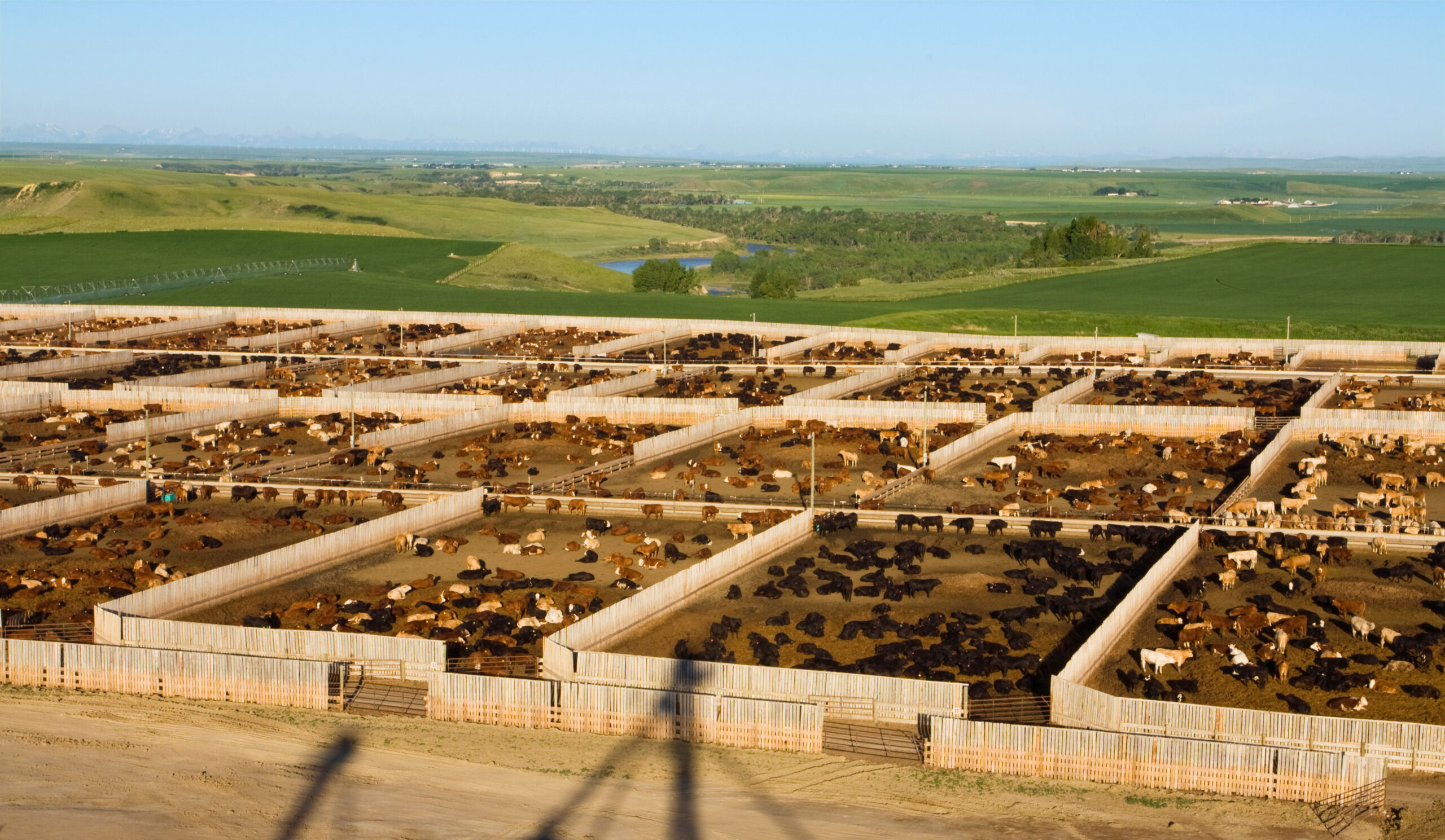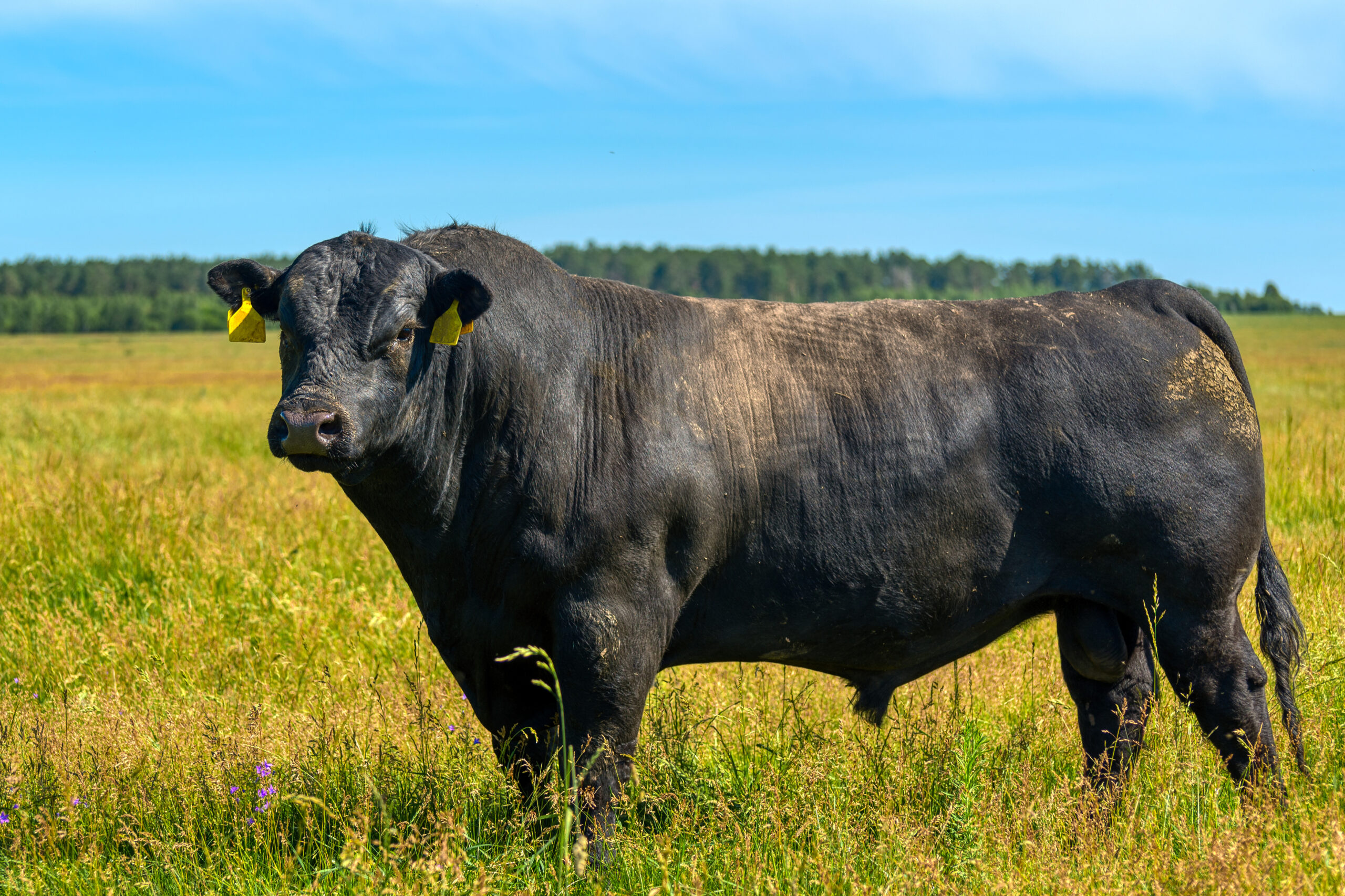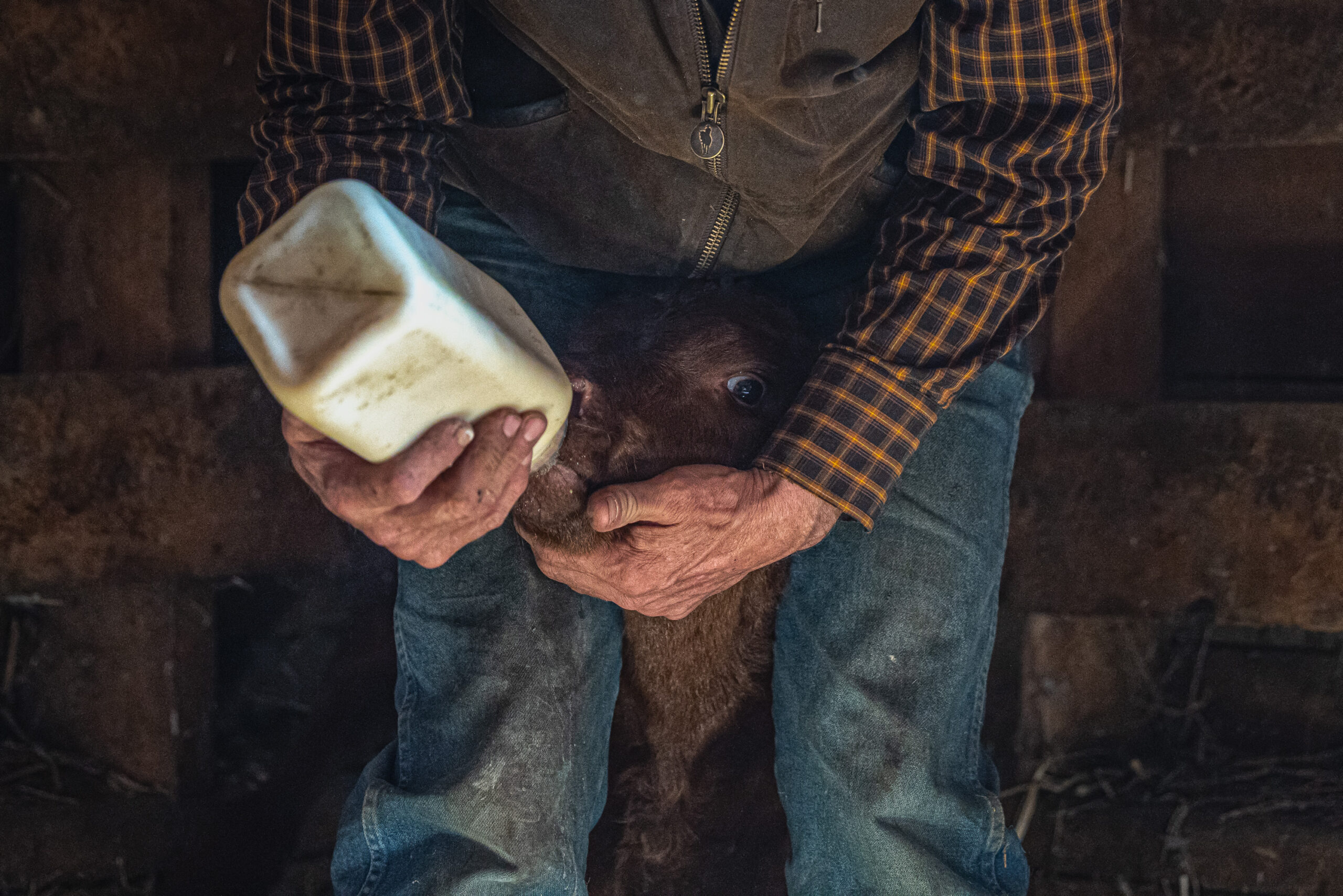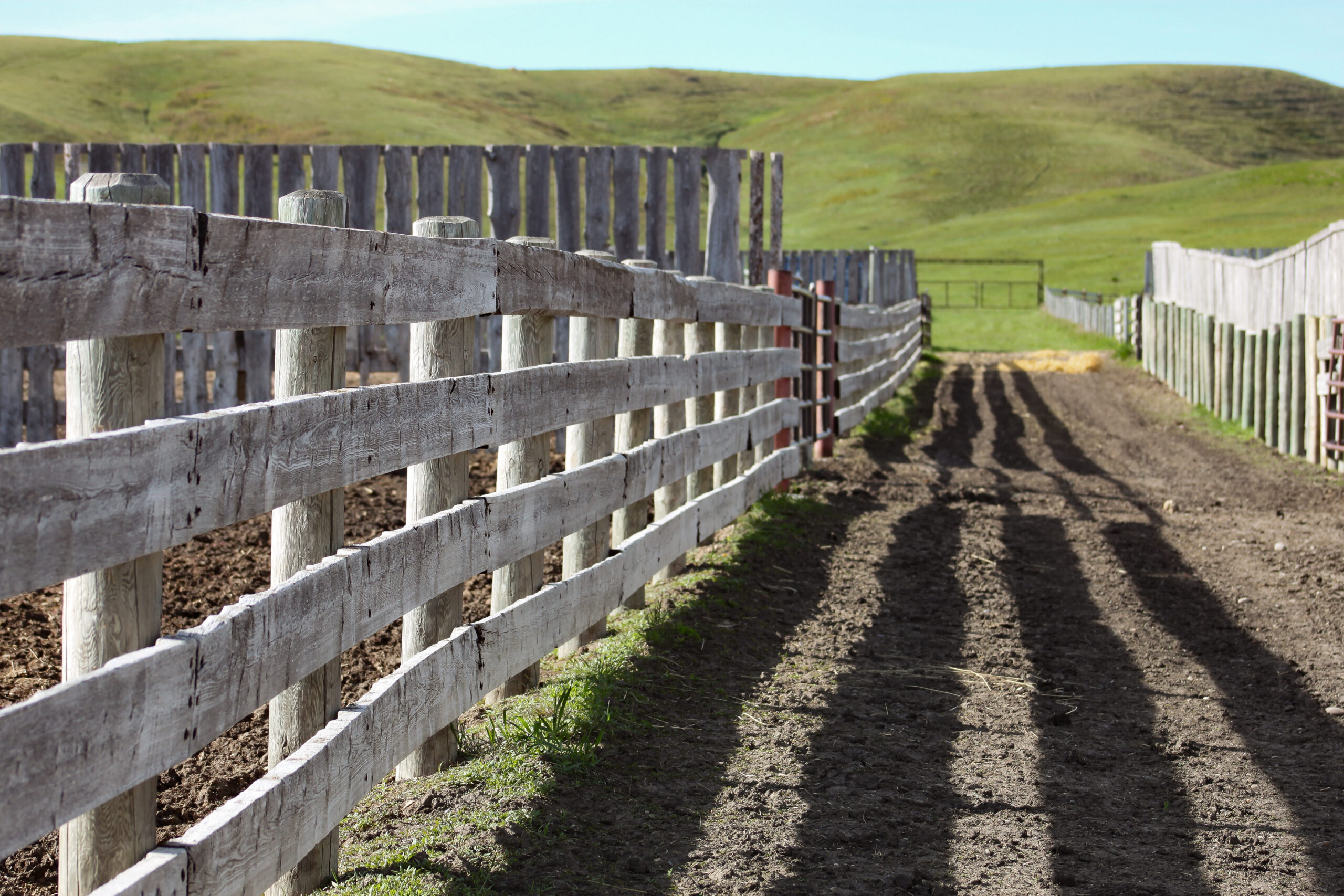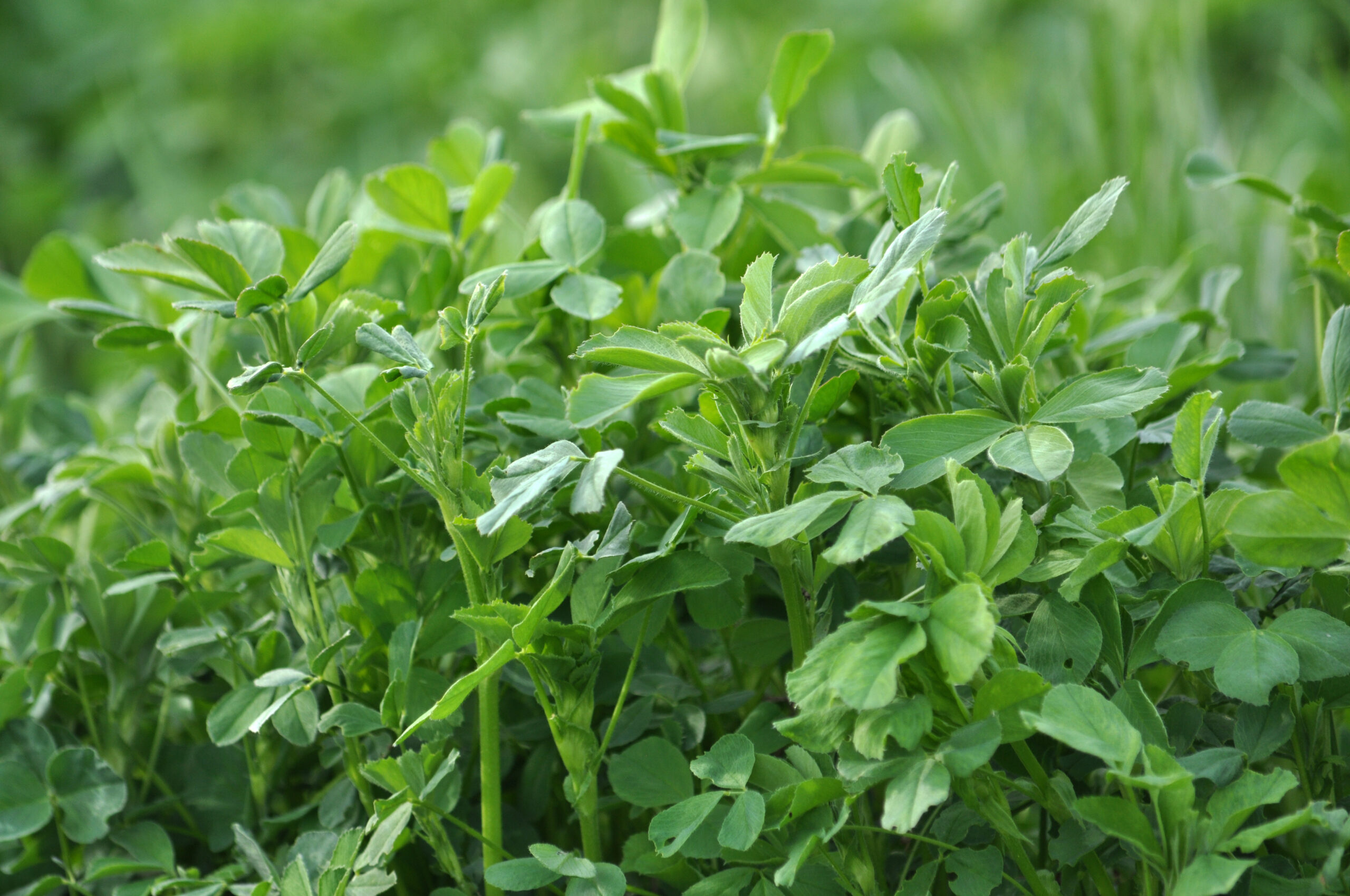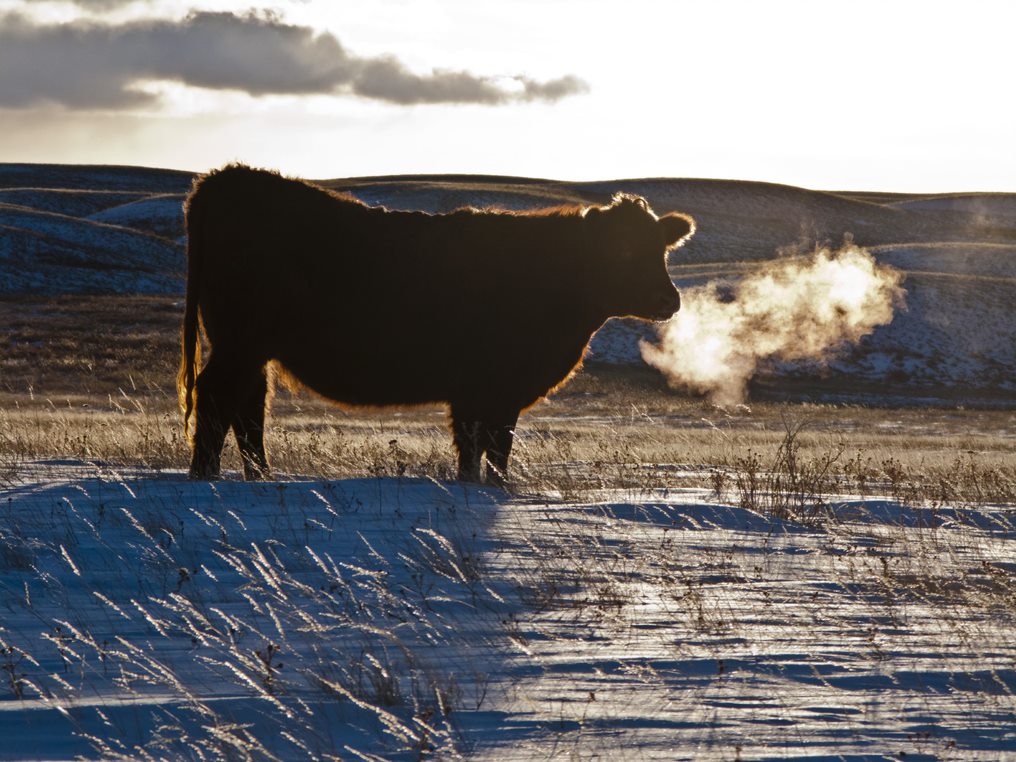AB Direct - Steers
Rail: 492.00-493.50 FOB feedlot (last week)
AB Direct - Heifers
Rail: 492.00-493.50 FOB feedlot (last week)
US Trade- Steers
Rail: 355.00-363.00 (IA, NE) last week
US Trade - Heifers
Rail: 355.00-363.00 (IA, NE) last week
Canadian Dollar
0.19
Polycrops: Challenges, triumphs, and valuable lessons from beef producers
This article was originally posted on the Beef Cattle Research Council’s website. Polycrop forage blends have become a popular tool among beef producers to increase soil health, manage grazing, improve cow performance and enhance resilience to changing weather conditions. However, as with any farming practice, the results can vary based on location, weather and management…
Keep calves healthy to help prevent histophilosis
Diseases caused by the bacteria called Histophilus somni are a silent killer increasing in occurrence in Alberta feedlots. Prevention through good animal husbandry is the first line of defense, both on the ranch and in the feedlot. Some feedlots in Alberta have seen a rising number of deaths caused by histophilosis in recent years. “Histophilosis…
What you need to know about bovine tuberculosis investigations
In late November 2024, a six-year-old cow infected with bovine tuberculosis (bTB) was detected at slaughter. This animal was traced back to a premise in Saskatchewan, where more positive animals were detected. As part of rigorous eradication protocols, a thorough disease investigation must occur to maintain Canada’s current international trade opportunities. Updates on the current…
Beyond the Bull Catalogue: What every rancher needs to know
As we dive into bull sale season, cattle producers face a critical question: how do you find the right herd bull to meet your operation’s goals? In Season 3, Episode 3, of The Bovine podcast, brought to you by Alberta Beef Producers, host Kara Mastel is joined by Dr. Carling Matejka, a veterinarian with Veterinary…
Over winter hay storage losses
ABP is excited to feature the writings of Barry Yaremcio, ruminant nutritionist and production management consultant. Barry is a trusted voice in cattle nutrition and forage production, operating Yaremcio Ag Consulting Ltd. This article was originally published on his BYOB Blog, which can be found on his website. When hay is carried over the winter, bales lose weight…
Moderation is key: Tips for identifying a balanced herd bull
Weaning weights, crop yields, pie à la mode… bigger is always better, right?! It’s an easy decision when pie is involved, but the answer to everything else is a resounding “maybe.” Annual reports from the Canadian Cow-Calf Cost of Production Network and a recent article from the Beef Cattle Research Council (Big Cows and Big…
Tips for managing colostrum to ensure healthy newborn calves
This article was originally posted on the Beef Cattle Research Council’s website. Calves born unassisted and uncompromised will typically stand and nurse from their mothers within one to two hours after birth. However, calves that experience a difficult or prolonged birth, have a swollen tongue, experience hypothermia or are a twin may be less vigorous…
Saskatchewan cattle herd declared infected with bovine tuberculosis
The Canadian Food Inspection Agency (CFIA) investigation and testing following a November 29, 2024, case of bovine tuberculosis (bovine TB) has detected the disease in the birth herd of the infected animal. There have been three additional confirmed cases in the animals tested to date. All animals over twelve months of age will be tested to determine…
Growing forage crops — what does it cost?
This article was originally posted on the Beef Cattle Research Council’s website on January 30, 2025. Do you know the cost of producing the forage you feed? For beef cattle producers, optimizing forage crop production is essential for financial sustainability. However, estimating the costs associated with forage production can be challenging. The new BCRC Forage…
Bale feeding options: pros and cons of common strategies
This article was originally posted on the Beef Cattle Research Council’s website on November 1, 2021. Bale feeding is common across Canada for all classes of cattle especially during winter months. There are many different management strategies to deliver bales as feed. To help you determine the best option for you and your cattle, see…
Foot and Mouth Disease detected in water buffalo in Germany
Germany confirmed that Foot and Mouth Disease (FMD) was detected in water buffalo on January 10, 2025. This is the first case of FMD in Germany since 1988. This incursion of the FMD virus into Europe warrants heightened awareness by Canadian producers and travellers. Foot and Mouth Disease is a highly contagious virus that can…
ILWG 2024: Year in Review
The Intensive Livestock Working Group (ILWG) experienced a year of notable changes and projects in 2024. ILWG includes members from producer groups such as Alberta Beef Producers, Alberta Pork, Alberta Milk, and more, and serves as a connecting forum for these groups. Key highlights of 2024 The ILWG also represented the livestock sector on various…




